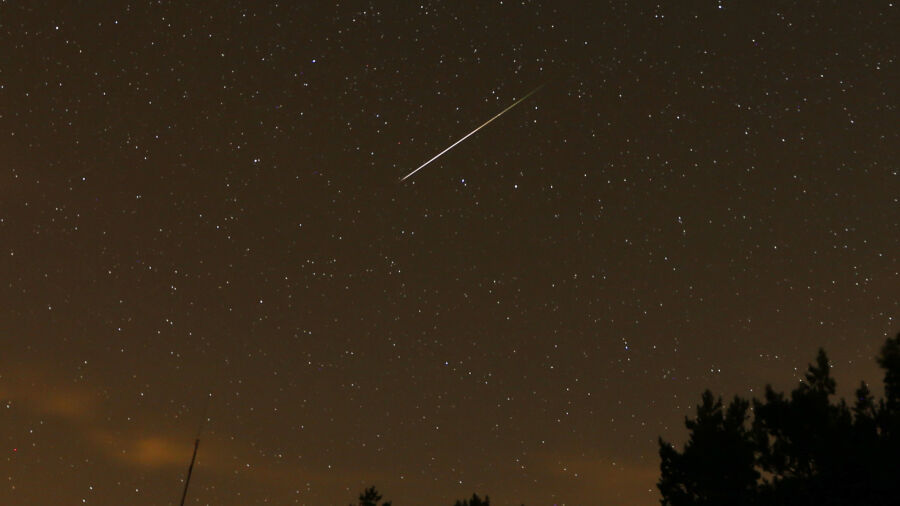Skywatchers and meteor enthusiasts can brace themselves for two major meteor showers over the next several weeks.
The first shower is the Southern Delta Aquariids, which will appear near the constellation Aquarius, visible in the southern sky, which will be at its peak between July 29 and July 30, according to the American Meteor Society.
The second is the Perseid meteor shower, which began July 14 and is set to peak between Aug. 11 and Aug. 13 in the Northern Hemisphere, before ending on Sept. 1.
A third minor meteor shower—Alpha Capricornids—will be visible until Aug. 15 but will only produce five or less meteors an hour.
The Southern Delta Aquariids shower can be observed in the Northern Hemisphere when looking south. Having started on July 18, it will run through Aug. 21, coinciding with the start of the Perseids, renown for frequent and abundant meteor showers.
“These meteors produce good rates for a week centered on the night of maximum (peak),” as per the American Meteor Society.
Bright moonlight from midnight onwards and light pollution from densely populated areas could inhibit visibility. Viewing conditions are therefore likely to be much better in darker areas, away from the proximity of cities.
“Showers that peak with the moon’s phase greater than one half illuminated (first quarter to last quarter) will be affected by moonlight and difficult to observe,” according to the American Meteor Society.
Major meteor showers can mean sightings of between 50 to 100 meteors an hour, depending on light conditions. According to NASA, the peak rate of the best Perseid performance topped 300 meteors an hour in 1993.
A particular bonus point for this shower is not just its intensity but also that it occurs during the warmth of summer, as opposed to other meteor showers like the Leonids or Geminids, which occur in November and December, respectively.
The Perseid meteor shower is an annual spectacle. It is produced from dust and particles from the tail of the Comet Swift-Tuttle, with meteors emanating during Earth’s passage as the comet is orbiting the sun.
The American Meteor Society describes a meteor shower as a “celestial event in which a number of meteors are observed to radiate, or originate, from one point in the night sky called Radiant.”
“These meteors are caused by streams of cosmic debris called meteoroids entering Earth’s atmosphere at extremely high speeds on parallel trajectories.”
A list of over 900 suspected meteor showers can be found at the Meteor Data Center of the International Astronomical Union (IAU). More than 100 of these meteor showers are well established.

